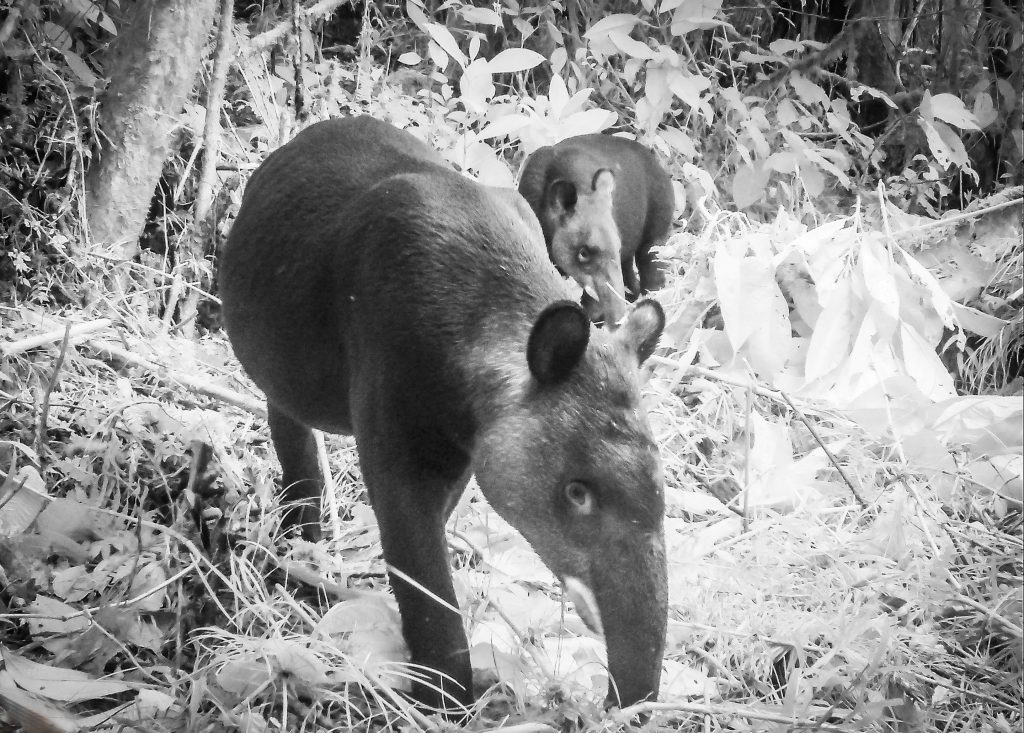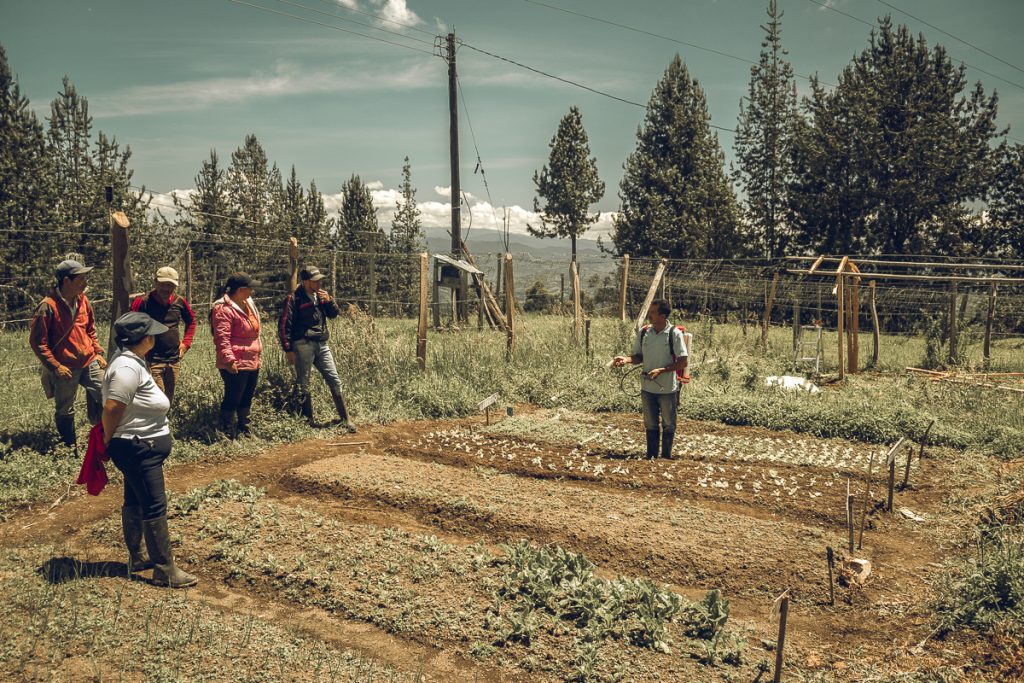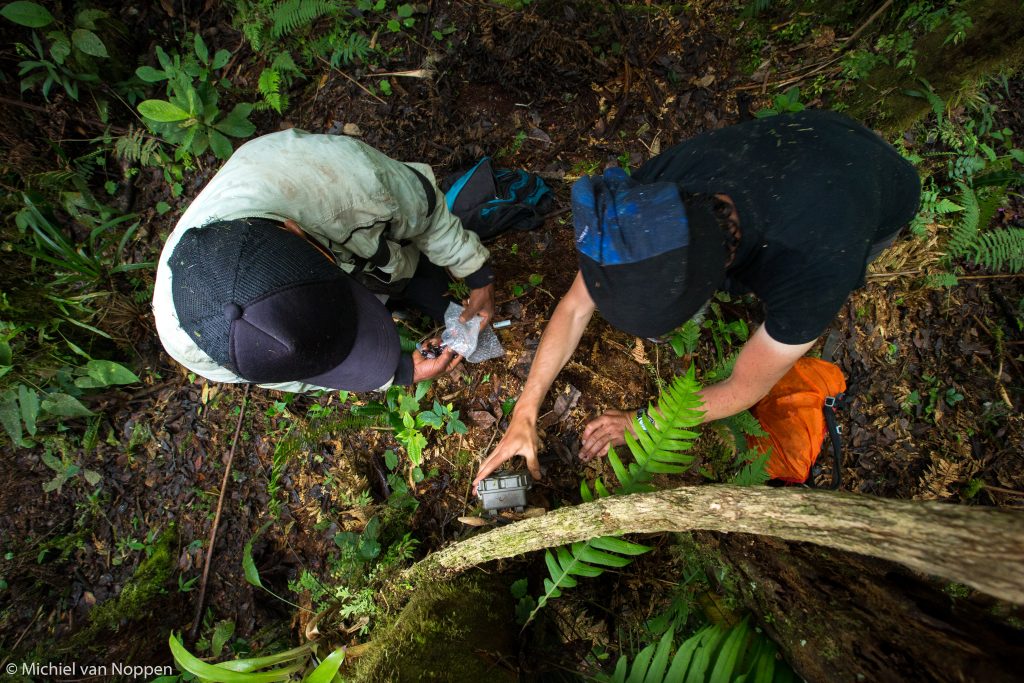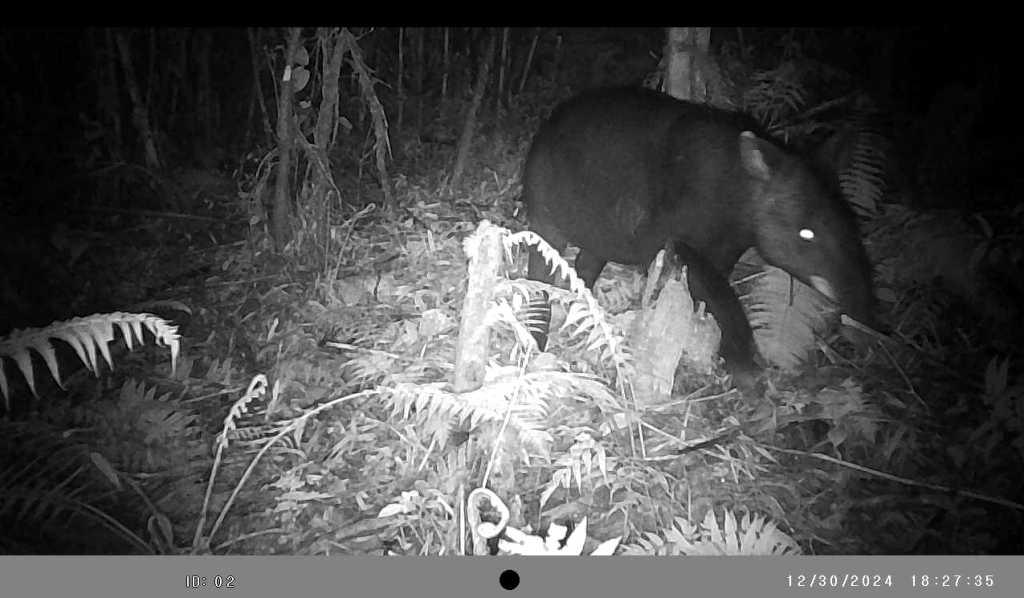Our Work

We began in 2017 by participating in a Tapir Specialist Group (TSG) project, part of the Fondation Segré World Tapir Conservation Programme, developed in the municipality of San Agustín in the southern Andes of Colombia. The project’s specific objective was to assess the occupancy of the mountain tapir in two micro-watersheds, which would later form the Puraguá Community Management Area. This initiative was carried out in collaboration with the Huellas del Macizo Association, a community-based nonprofit working in the area since the late 2000s.
In 2018, following the conclusion of the TSG project, biologist Sergio Sandoval, then an officer at the Tapir Preservation Fund (USA), launched the Mountain Tapir Forever (MTF) project as an online platform to share information about the species while aiming to implement field projects.

In 2019, MTF’s director was invited to submit a proposal to the Greater Los Angeles Zoo Conservation Grant Program. The project, supported through Fundación Neotropical as a local fiscal sponsor, primarily focused on training community members from San Agustín in camera trap sampling techniques. Although the project was interrupted by the pandemic, collaboration with Huellas del Macizo allowed the work to continue, yielding hundreds of mountain tapir records.
Between 2020 and 2022, the project sustained itself through individual donations and the sale of products by Artefauna, an MTF initiative to raise funds. These contributions kept the website active and maintained collaboration with Huellas del Macizo, ensuring continued documentation of the tapir population in the micro-watersheds where the work began in 2017.

In 2022, the Los Angeles Grant call was reopened, leading to a proposal for a pilot project in the Puraguá Community Management Area. This initiative focused on three components: Research, Community Development, and Education. The local fiscal sponsor for this phase was the Cali Zoological Foundation, which not only facilitated the grant but also contributed additional resources to strengthen the project. By the project’s end, researchers estimated the minimum population size of the tapir in the study area, developed an organic demonstration garden to promote local food security, and conducted a birdwatching workshop with local high school students. The pilot project’s outcomes helped refine the working model for implementing a community-based mountain tapir conservation strategy in key areas.
In 2023, a new proposal was submitted for Los Angeles Grant funding in partnership with the Cali Zoological Foundation, which had organized a fundraising race for mountain tapir conservation that year. The proposal aimed to identify potential sites for implementing the community tapir management strategy across the central Andes of Colombia.

The first step in 2024 involved mapping the species’ potential distribution using high-resolution Planet satellite imagery from the Norwegian government’s NICFI program. Once the potential map was generated, the presence of tapirs in different areas was cross-referenced with historical records from the GBIF database. The analysis revealed that most of the species’ potential distribution lacked official records. This led to an ongoing effort to collect unpublished records from various state and private agencies in Colombia.
In 2024, we also launched a series of field expeditions to assess potential sites for community-led tapir conservation areas where the long-term management model would be implemented. In addition to San Agustín, where the pilot project was conducted, two new areas were explored. The first was the southern buffer zone of Los Nevados National Park, where a screwworm outbreak is causing tapir mortality. The second was the northern buffer zone of Las Hermosas National Park, where a group of landowners is voluntarily protecting vast forest and páramo areas critical for tapir conservation.

In 2025, we are working on establishing a network of community-based mountain tapir monitoring groups. Each group will define its own monitoring area and implement the proposed strategy, which integrates research on tapirs as a foundation for generating income for local communities. This approach aims to promote long-term species conservation through community-led efforts. So far, the first camera traps have been installed in the northern buffer zone of Las Hermosas National Park, yielding the first official records for the area. Meanwhile, efforts are underway to consolidate Puraguá as the first official tapir management area under this research-driven conservation model.
